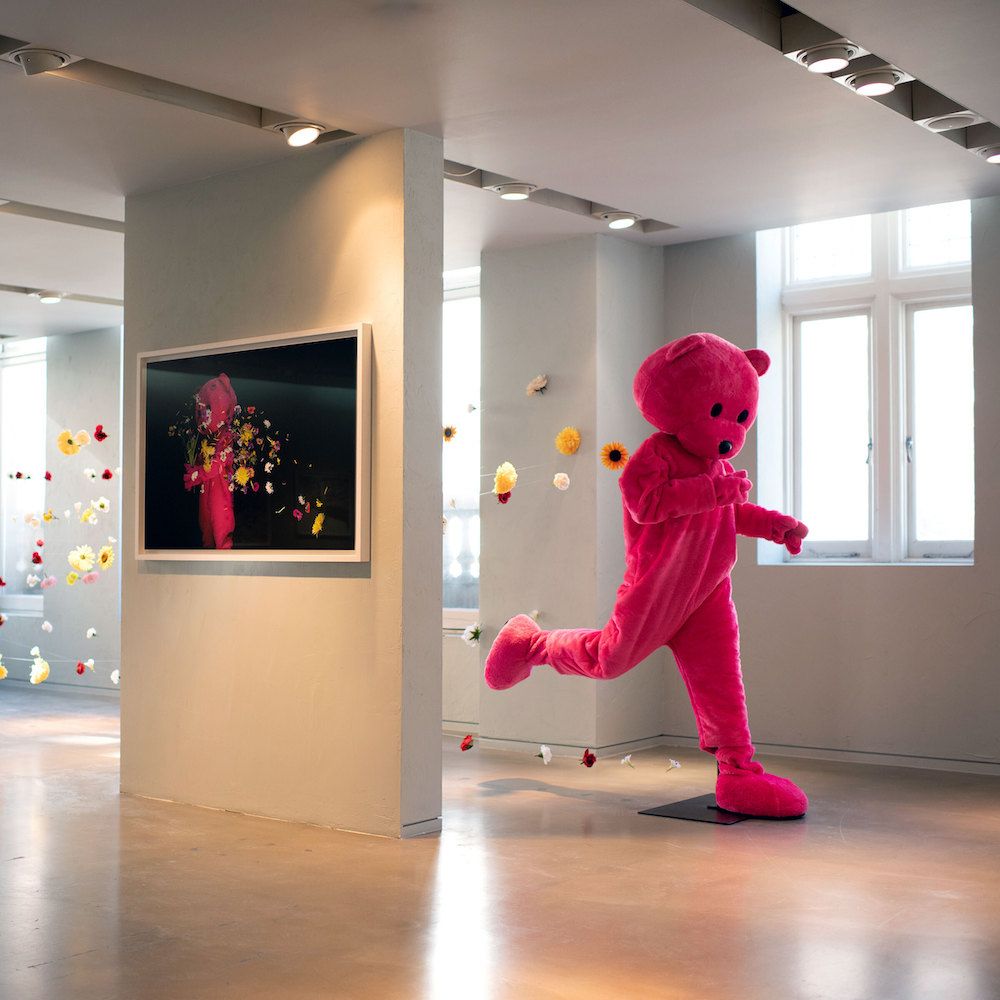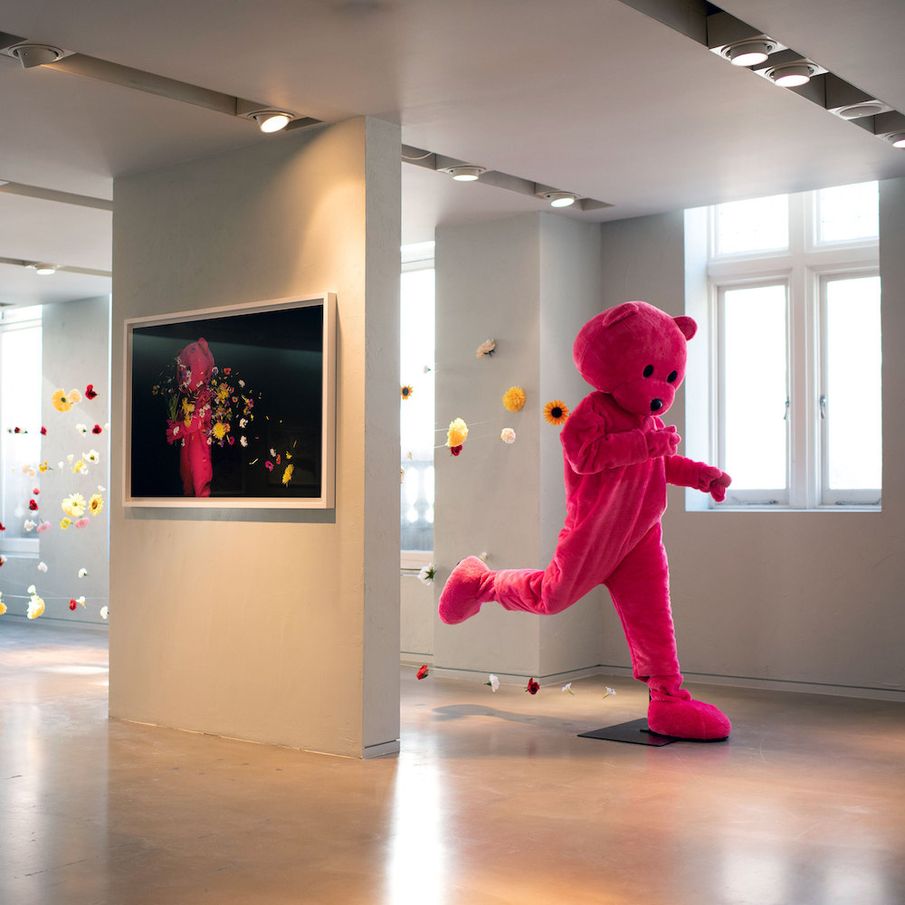We've gathered together some positive news from the past month to break through the noise and show you there's good in the world
1. Write on time
Two transatlantic pen pals, who have been messaging since 1938, celebrated their 100th birthdays with their first video call. The milestone moment saw the lifelong friends, Geoff from Devon and Celesta from Texas, embrace modern technology. But their story spans not just an ocean, but the Second World War, the Civil Rights Movement, and economic struggles. Through it all, they kept in touch – and plan to continue doing so!
2. The future is… terracotta?
The 3.5 million tourists who visit the Pompeii ruins each year have a lot to marvel at, but some things that might have gone unnoticed are the roof tiles of the House of Cerere building. And there’s really no reason to suspect them. The terracotta tiles look exactly like the ones that would have been used by the Romans, with one key difference: they’re solar panels.
These invisible solar panels are made by small family business Dyaqua. The idea for the tiles came from father and visionary Giovanni Batista, who wanted to create a solar panel that blended in with its environment, without affecting the historical features of buildings. The result: tiles with a polymer compound that can be made to look like stone, wood, concrete, or brick – and which allow the sun’s rays to filter through.
Currently, Dyaqua mainly supplies historic buildings, where retaining the external historical features, while finding new ways to be sustainable, is of the utmost importance. But their work opens the door to new opportunities, challenging others to think differently about sustainable solutions.
3. A bold & brilliant breakthrough
A new drug developed to tackle Alzheimer’s is being hailed the ‘beginning of the end’ in the search for effective treatments. Clinical trials have found that Lecanemab, which targets a protein that builds up in the brains of those with Alzheimer’s, can slow down memory decline by as much as 27%. While there’s still a way to go, it’s a positive sign that scientists are on the right path, and life-changing treatments could be on the horizon.

Artist | LUAP
4. Artist’s childhood toy rides again
Whether it’s a hand-knitted blanket or an old toy, most of us will have something lying around that brings back fond childhood memories, and a sense of comfort in our times of need. For contemporary artist Paul Robinson – better known as LUAP – this was a pink bear, and it’s an image that has become central in his artwork today.
During a challenging time in his life, Paul sought therapy to help him overcome loneliness. “I’ve always tried mixing with people, but felt awkward whilst being around people,” he tells Happiful. “The exception is when I’m working or exploring the outdoors. Then everything becomes easier and makes sense.”
It was during his time in therapy that Paul reconnected with a happy childhood memory, which resulted in his recollection of a pink bear. From there, he became inspired to create the bold pieces of art for which he has become well-known.
For Paul, the pink bear represented a guiding light, which helped him navigate a difficult part of his life. Wanting to provide others with the same sense of comfort and security, he uses a mix of painting and photography to feature the whimsical bear in real-life settings from around the world. In doing so, he sets out to demonstrate the stark contrast between reality and make-believe, with the pink bear standing as a symbol of personal growth and self-exploration.
Paul says: “The Pink Bear melts away fear and darkness with the warmth and joy of innocence.”
Visit luapstudios.co.uk to find out more.
5. Do you still dream about taking tests at school?
If so, you’re not alone. A recent global study, by dream interpretation website ThePleasantDream, found that 71.8% of participants had recurring dreams about taking a test in school, closely followed by visions of being chased, and nightmares about falling.
Further questioning found that many of the participants started having these dreams in childhood or adolescence and, even though many years, if not decades, had passed since they last faced a school exam, the theme continued. So, why do these dreams keep cropping up?
“Some of the key reasons for recurring dreams are unresolved conflicts, unmet needs, and past life events that cause frustration,” Dr Nereida Gonzalez-Berrios, MD, reviewer and certified psychiatrist at ThePleasantDream, says, also pointing out that troubling dreams can sometimes be linked to mental health problems.
If you have trouble with recurring dreams, it’s worth considering whether there are any patterns to them. For example, do you tend to dream about being in an exam during periods of high stress and anxiety? Perhaps before big meetings at work, or when approaching situations you’re worried about failing in?
Make a note each time you experience a dream like this, and create a record that you can reflect on. You might soon find that your night-time wanderings could be trying to tell you something…
6. Fast forward to green
Fast food chains in France recently faced a massive shake up, in what’s being called a ‘revolution’ by environmentalists. From 1 January 2023, new rules mean that any restaurant with more than 20 seats must provide reusable dishes, cups, and cutlery for customers, in a move set to save around 100,000 tonnes of waste.

7. Work-life balance is an all-round win, study says
A new study from the International Labour Organization has confirmed what many might have suspected: flexible hours and shorter work weeks can lead to more productive, healthy, and loyal employees.
The report took a look at two main aspects of work, hours worked and work schedules, and assessed how they affected both the business performance and the workers’ wellbeing. Considering a range of working arrangements, such as compressed hours and hour-averaging schemes, it found that flexibility and an overall reduction in hours were linked to a healthier and happier workforce – conversely, restricting flexibility could increase staff turnover, and cost employers.
Considering the adjustments that came into place at the height of the Covid-19 pandemic, which allowed for more scope for employee autonomy, the report calls on public policymakers around the world to promote better balance.
“The so-called ‘Great Resignation’ phenomenon has placed work-life balance at the forefront of social and labour market issues,” said Jon Messenger, lead author of the report. “This report shows that if we apply some of the lessons of the Covid-19 crisis, and look very carefully at the way working hours are structured, as well as their overall length, we can create a win-win.”
8. Cat got your... heartstrings?
In a moving story, a lost cat from West Sacramento was reunited with her owner after six years apart! Jessica Kinsey adopted Lily as a kitten, but she disappeared and hadn’t been seen since 2017, until a call from a shelter who found the now 13-year-old feline, and scanned her microchip, changed everything. And the best news? Lily recognised her human straight away.


Comments